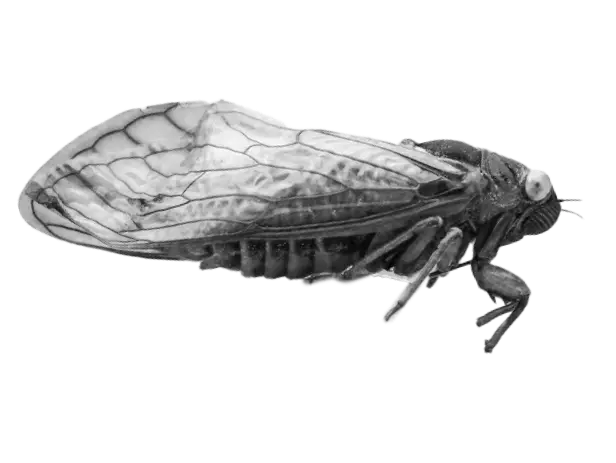
Cicadas rising: A visual guide to 2024’s rare dual appearance
Where you’ll find themWhy they’re here nowWhat they look likeWhat they sound likeBest experienced with soundThey appear almost like clockwork…Blanketing backyards, parks and towns in a historic emergence that hasn’t occurred in more than 200 years. A visual guide to 2024’s rare dual appearanceBy Katie Hunt, Henrik Pettersson, Tiffany Baker, Marco Chacón, Annette Choi, Rachel Ramirez and Lou Robinson, CNNPublished May 3, 2024Billions of bugs are emerging from the soil across a large swath of the United States in a natural phenomenon last witnessed in 1803.It involves two broods, or groups, of periodical cicadas, insects with relatively long life cycles that show up after a certain interval. The Northern Illinois brood spends 17 years underground before surfacing and is known as Brood XIII, while the Great Southern Brood, or Brood XIX, lives underground for 13 years.“What’s so stunning is that they’re here all along … but because they’re underground everybody forgets about them,” said cicada expert John Lill, a professor of biology at George Washington University.The synchronous dual emergence of these two particular broods, which happens once every 221 years, is underway until June. The next time the two broods appear together, it will be 2245.Learn all about cicadas by selecting each of the four sections belowWhere you’ll find themWhy they’re here nowWhat they look likeWhat they sound likeWhere you’ll find themNote: Data from 1973 to 2021 for Brood XIII and 1972 to 2015 for Brood XIX.Source: University of ConnecticutMore than 3,000 species of cicadas are found all around the globe, but just nine are periodical, and of those, seven — all part of a genus known as Magicicada — only inhabit the eastern United States. Other cicada species appear every year later in the summer. A brood can contain more than one species, and all seven US periodical varieties will appear this spring. “The densest places they live coincide with where people are. They love the edges (of cities), like woodlots and suburbs and even urban areas, older neighborhoods with big trees. They’re very prominent in (inhabited) areas,” Lill said.“It’s not like something happening way out in the countryside that nobody pays attention to,” he added. “It’s going to happen in downtown Chicago.”However, it’s unlikely that would mess up the bugs’ internal clocks, Lill said; more likely their offspring would adopt either a 13- or 17-year cycle. And scientists don’t expect any area of overlap between the two broods to be very broad. The first sign that cicada season is imminent is the appearance of small holes in the soil, often near tree roots. Triggered by soil temperature, the holes can show up weeks before the insects begin to emerge.“Sixty-four degrees Fahrenheit (17.8 C) seems to be the magic number,” Lill said. “That’s when they get the cue to come up on time. And it’s fascinating how quickly it happens.” While the Northern Illinois and Great Southern broods haven’t been spotted in the same year since 1803, emergences involving two of the roughly 15 broods of periodical cicadas happen relatively frequently. » Read More
Like to keep reading?
This article first appeared on sidebar.io. If you'd like to continue this story, follow the white rabbit.







